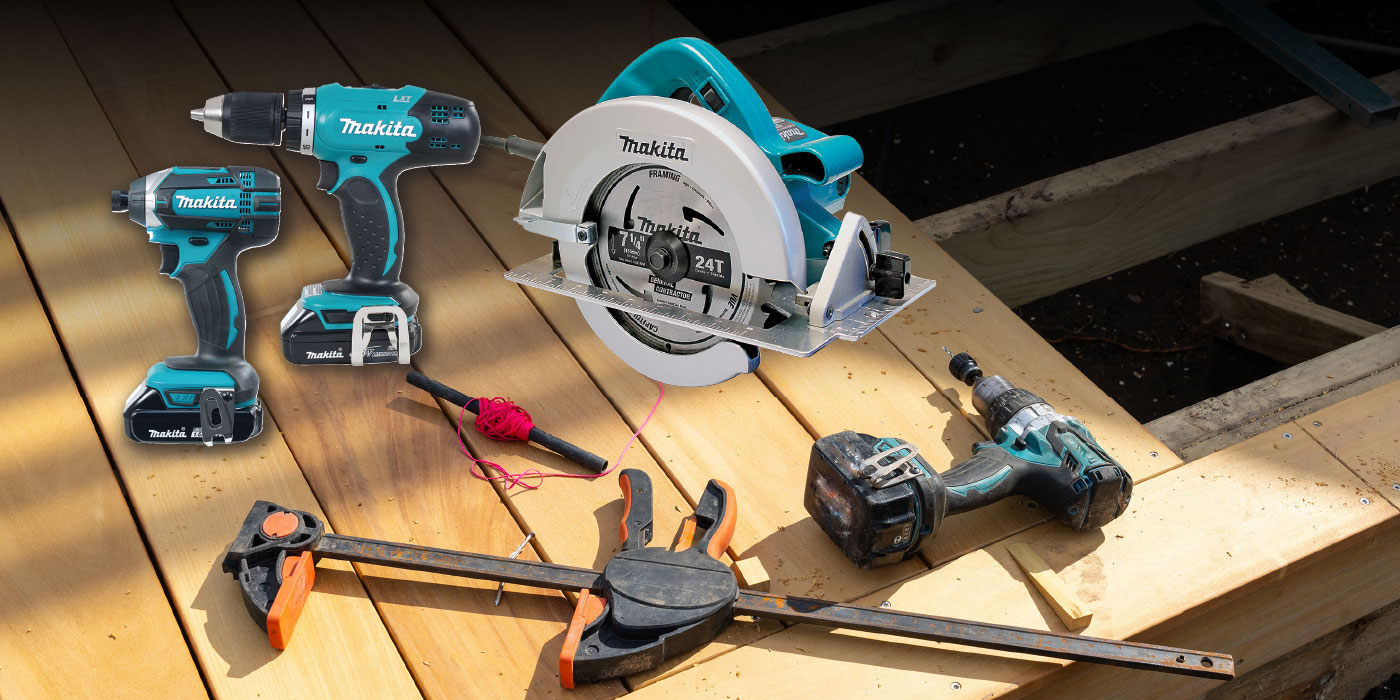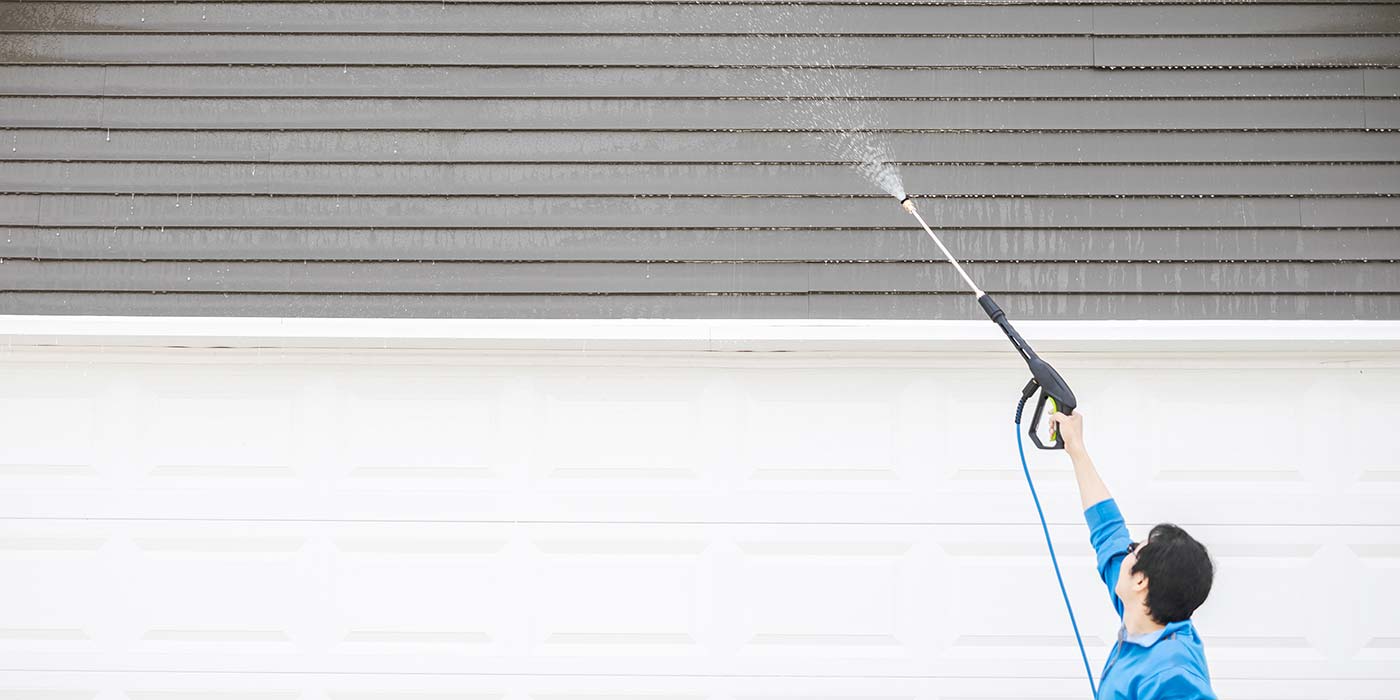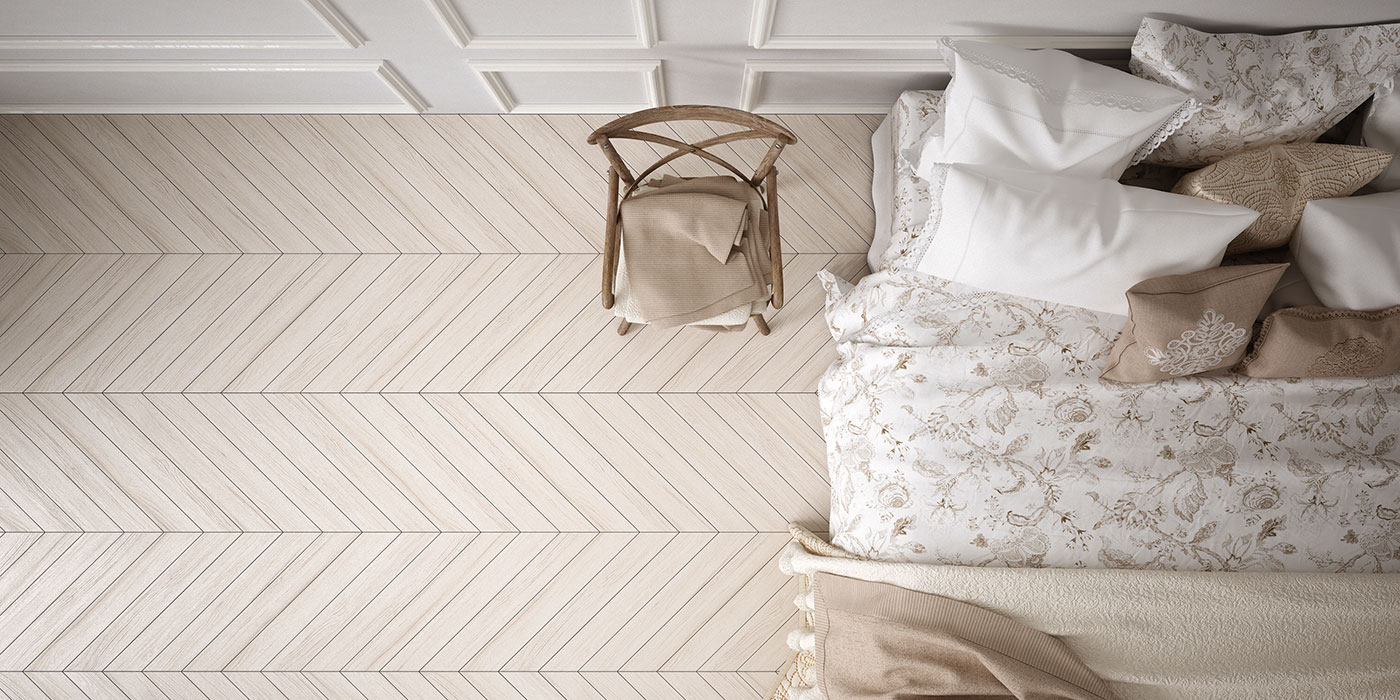Finishing drywall involves mudding, taping and sanding seams, corners, edges and screws so that the finished wall is a single featureless surface with smooth edges and corners. Professional drywall installers make this job look deceptively easy. It’s a fairly simple process that requires patience and a lot of finesse.
Step 1
Use a drywall trowel or a wide putty knife to apply mud to the drywall surface. Start mudding and taping as listed below and in the order shown.
Screw holes
Apply mud so that the hole is entirely covered and wipe away excess.
Bevelled seams
Drywall is bevelled on the long edges to make it easier to mud the seams. It’s good practice to make sure you always have bevelled edges at the seams. Apply a layer of compound. Then place a length of drywall tape over the wet compound and gently push the tape so it is embedded into the compound. Run your drywall knife flatly along the surface of the mudded and taped seam to gently push the tape into the mud to remove air bubbles and flatten out the seam. Remove excess mud. At this point, the seam will look rough.
Inside corners
Apply mud to both sides of the inside corner. Put a crease in the middle of the tape and crease the entire length. Gently push the creased tape into the corner so it is embedded in the compound. Run your drywall knife flatly along each surface and push the tape to flatten. Remove excess mud. The corner will look rough.
Outside corners
The easiest way to achieve a sharp, even outside corner is to use a corner bead. This is a pre-formed outside corner specifically for drywall installation. Attach them as recommended by the manufacturer, then smooth over with mud.
Butt joints
You may end up with a drywall seam that has cut edges and not tapered edges. This is a butt joint and it is more difficult to get a smooth, final finish. Apply mud and tape the same way as bevelled seams but only use enough mud as necessary to fill the joint and bed the tape.
Step 2
Once you have a first coat of mud finished, let it thoroughly dry and give it a light sand to knock off ridges and bumps. Apply a second coat of mud in all areas (except for the butt joints) directly over the first coat, feather out and smooth. Remove excess mud. For butt joints, apply the second coat of mud around the first coat and not on top. This is to slightly build up the wall to reduce the appearance of the seam. Feather out and smooth. Remove excess mud.
Step 3
Lightly sand all areas when dry. Apply a final thin coat of mud over top of the first and second coats in all areas and remove excess. For butt joints, feather out the edges thoroughly.
Step 4
Close off areas outside your room, it’s going to get dusty. Wear a mask and goggles and use a drywall pole sander to sand all mudded areas until the wall is perfectly smooth. Start with 120 grit sandpaper and finish with 150 grit. Vacuum up dust from every surface including walls. We can help you choose the right primer product and quantity for your project. Visit us in-store for primer advice and brand selection.



